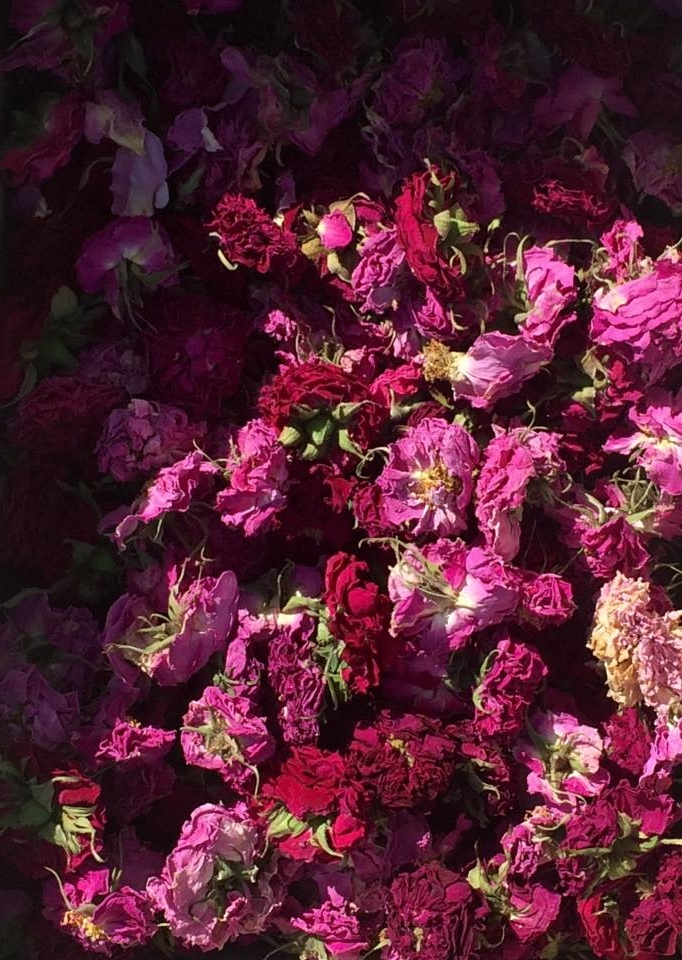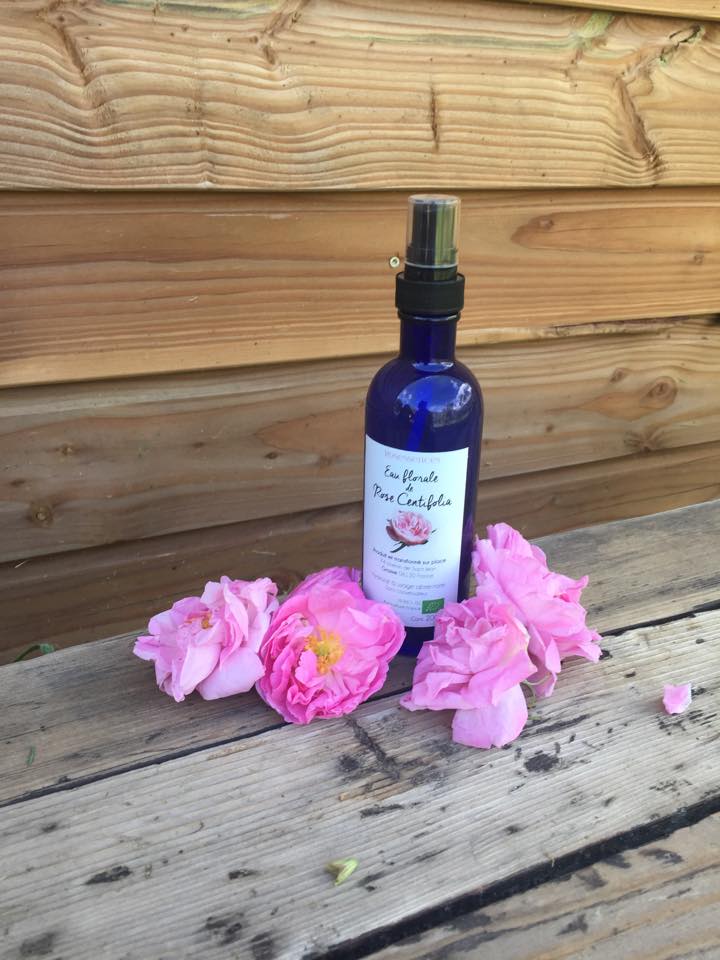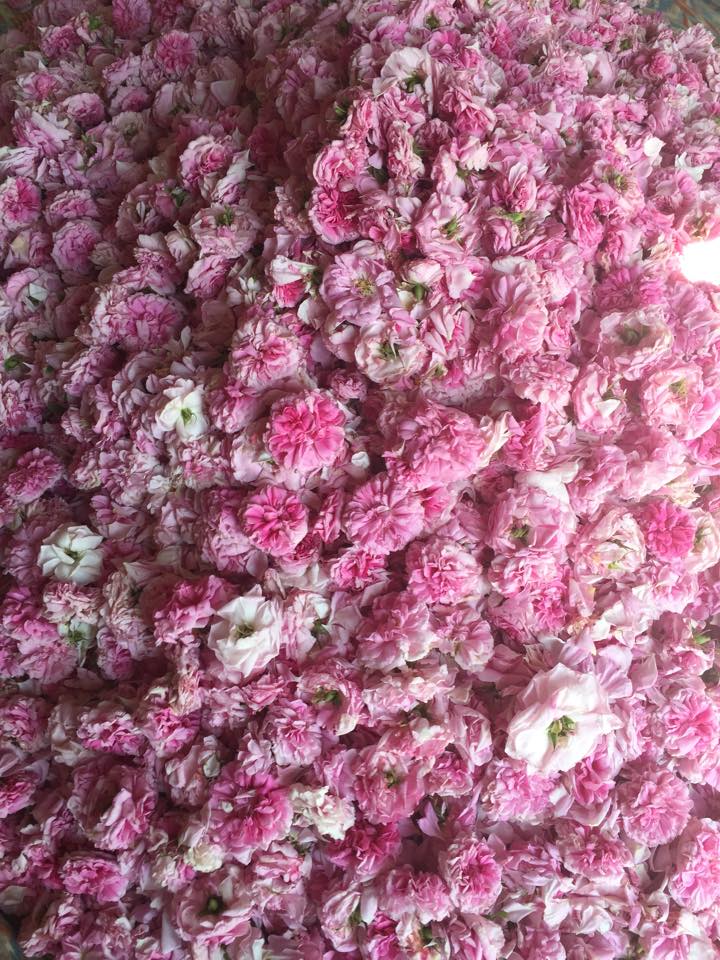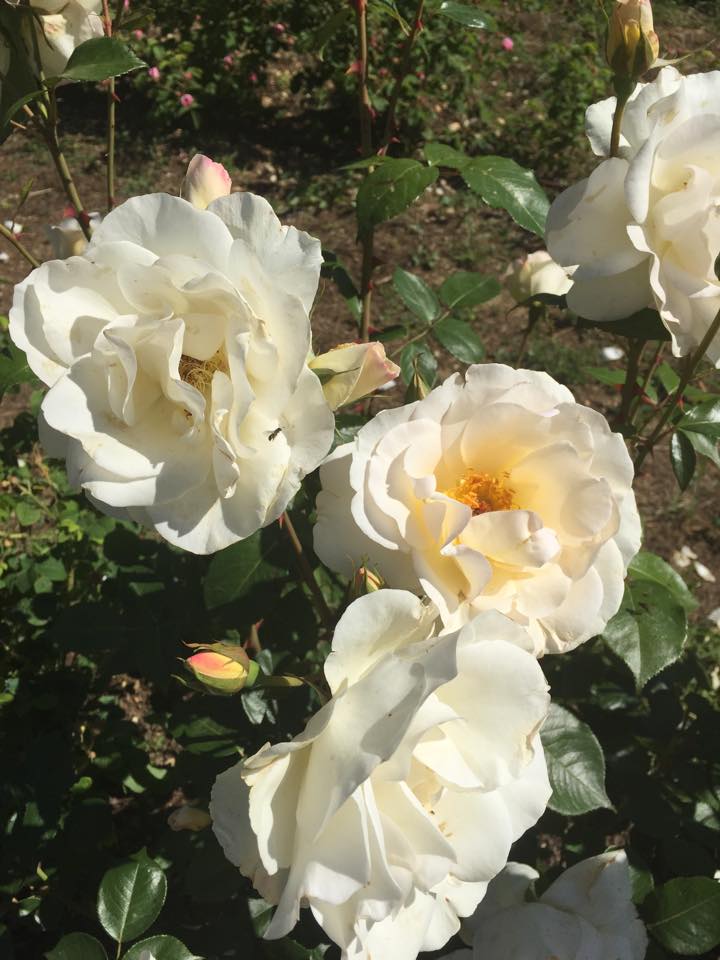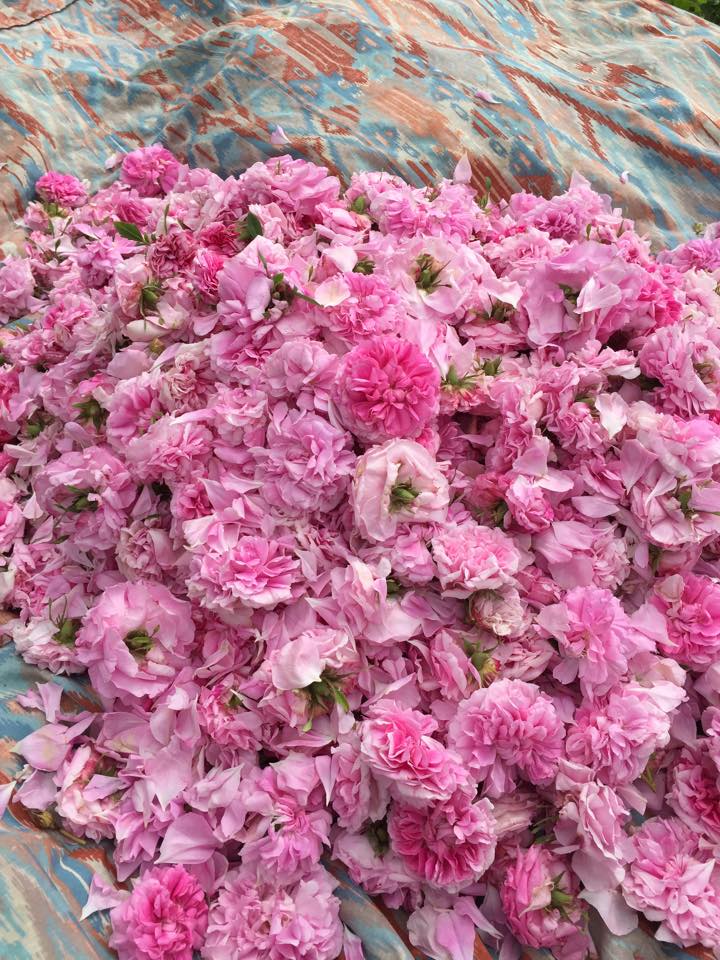Asia Society presents Filipino Design Now: Filipino heritage through the eyes of celebrated designers
Ditta Sandico
Asia Society presents Filipino Design Now, a special showcase of top Filipino designers. This special display coincides with Philippine Gold: Treasures of Forgotten Kingdoms, an exhibition of over 100 spectacular works of gold from the 10th to 13th century, highlighting the creativity, prosperity and cultural connections of the precolonial period.
Asia Society celebrates the artistic visions of top Filipino designers in this exclusive showcase conceived by Filipino jewelry designer Federico De Vera. An arbiter of taste, De Vera is a gallery owner of antique objects, curios, and jewelry, and more recently, the author of De Vera Objects andDe Vera Jewelry.
Presented in Asia Society’s lobby, the showcase features exclusive collections by fourteen renowned Filipino designers who have been invited to create products inspired by their interpretation of Philippine culture. Filipino Design Now provides an opportunity to experience the rich culture and heritage of the Philippines, promoting appreciation of and inspiring pride in Filipino design, material and craftsmanship. Signature pieces from these talented designer’s collections have been selected for inclusion in the display, with the balance of the collections featured for sale at AsiaStore and online at AsiaStore.org.
Featured designers include:
– Maricris Brias, home textiles. Brias and her local artisans are committed to reviving the native artistry of Mindanao’s ethnic tribes, manufacturing textiles and home accents created from local abaca and banana fiber, handwoven exclusively by T’boli and Mandaya natives.
– Lenora Cabili, fashion. Cabili’s designs are inspired by tradition, mixing the past with present, creating unique garments that incorporate ancient techniques of weaving, embroidery and bead work from indigenous Filipino groups.
– Federico de Vera, jewelry. De Vera strives to find new lives for old things that have been discarded, and reinterprets them from a different point of view. Today his pieces are comprised of antique elements, often simultaneously organic and baroque, each unique and one of a kind.
– Ian Giron, home accents. Giron creates home accents using coconut shell as his base and combining traditional methods of sanding and bleaching before applying gold leaf to achieve color and patina, a process that has been widely used in Asia for thousands of years.
– Jewelmer, jewelry. Golden South Sea pearls are the centerpieces of the brand. Through a highly selective process, these elusive gems inspire artisans to create finely crafted jewelry to fulfill Jewelmer’s celebration of beauty in harmonious symmetry with nature.
– Josie Natori, jewelry. Natori’s iconic, global brand, the House of Natori celebrates Asian aesthetics with the spirit of Natori’s adopted home in America, effortlessly melding the visual best of both the East and the West.
– Tina Ocampo, evening bags. Ocampo’s luxury brand Celestina,is comprised of a collection of evening bags, handcrafted by Filipino artisans, practicing age-old techniques and using exotic materials that can only be found in the Philippines.
– Ditta Sandico, fashion. Sandico transforms indigenous fibers, such as banana, pineapple and abacca into a fashion art form, designing wraps that follow the movements of the body.
– Wynn Wynn Ong, jewelry. Favoring stones in their organic, untouched states and incorporating materials not often associated with jewelry, Ong combines unexpected elements into her meticulously hand crafted jewelry designs.
– Anne Saguil, fashion. Saguil combines her passion for craftsmanship and fashion, designing clothes, handbags and accessories using hand embroidered techniques and indigenous handwoven materials.
– Rafe Totengco, minaudières. Totengco’s signature minaudière evening bags, featuring indigenous Filipino materials, blend uptown sophistication with a downtown edge.
– Bea Valdes, jewelry & accessories. Valdes takes inspiration from various cultures, sourcing materials, patterns and ideas from around the world for her high-end accessories while continuing to shine a light on the Philippines as a design hub as she supports local artisans and their craftsmanship.
– Natalya Lagdameo, novelty textiles. Drawing on work as an interior designer and inspired by heirlooms and artifacts from around the archipelago, Lagdameo creates textile designs utilizing local Filipino materials.
Filipino Design Now is supported by FedEx Express.


